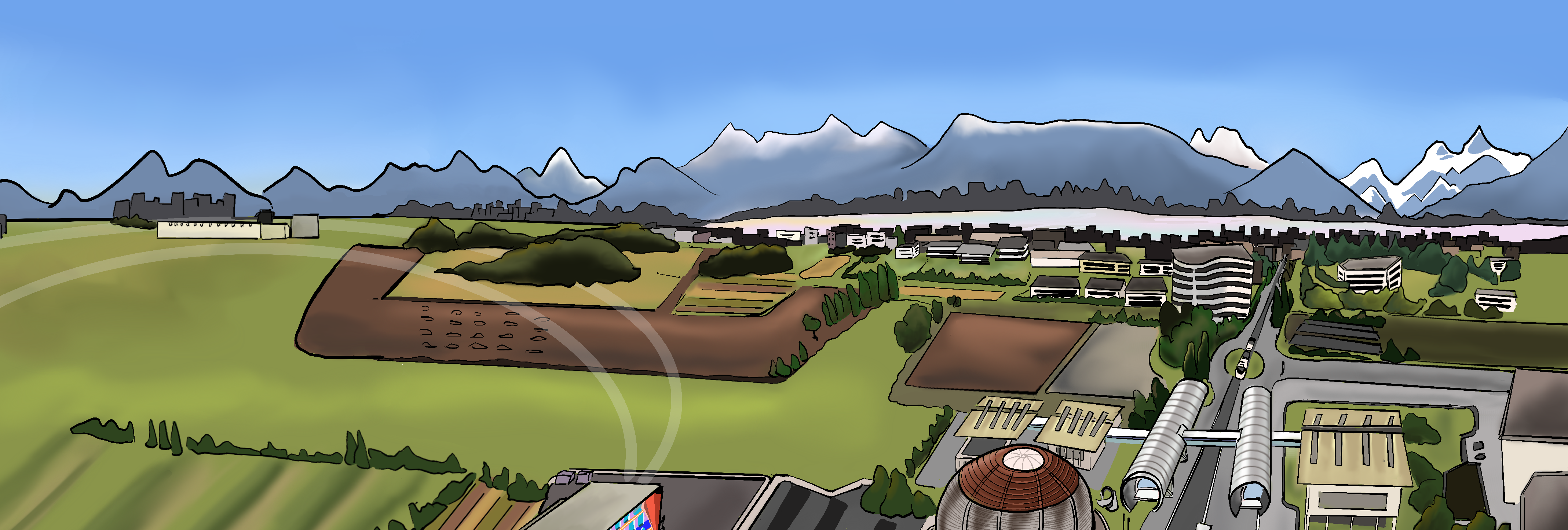Conveners
Neutrinos
- Joachim Kopp (CERN)
Neutrinos
- Joachim Kopp (CERN)
Neutrinos
- Andrea Caputo (U. Rome La Sapienza)
Neutrinos
- Andrea Caputo (U. Rome La Sapienza)
A dense neutrino gas can exhibit collective flavor oscillations, driven by neutrino–neutrino forward scattering, which profoundly affect flavor evolution in core-collapse supernovae and the early Universe. While numerous studies have shown that a zero crossing in the difference of flavor distributions ($g_{\Gamma}$) of neutrinos determines the existence and character of instabilities, a...
Among the few methods to probe the early Universe through the observation of primordial particles, one possibility remains relatively unexplored: the detection of high-energy neutrinos emitted shortly after the Big Bang, originating from the decay or annihilation of early-Universe relics.
We present a general study of this scenario. First, we emphasise that such neutrinos could exhibit...
The KM3NeT collaboration recently reported the observation of KM3-230213A, a neutrino event with an energy of 220 PeV, $\mathcal{O}(10)$ times more energetic than the highest-energy neutrino in IceCube’s catalog. Despite its larger effective area and longer data-taking period, IceCube has not observed similar events, leading to a tension quantified between ~2$\sigma$ and 3.5$\sigma$, depending...
In the presence of a finite modular flavour symmetry, fermion mass hierarchies may be generated by a slight deviation of the modulus from a symmetric point. This small parameter governing charged-lepton mass hierarchies may also be responsible for the breaking of lepton number in a symmetry-protected low-scale seesaw. In this talk, I will illustrate the implementation and the phenomenological...
